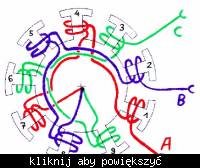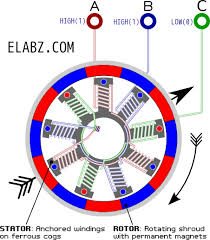Hi friends,
I am going to make driver for CD_ROM BLDC motor (upgraded-- i had changed the winding and magnets).
It have 12 winding on rotor (each 3 in series and then in STAR(Y))
and also the stator is having 12 magnets at an anguler separation of 30 degree.
Now plse suggest me that
1. at how much angular difference the hall sensors should be connected.
2. which hall sensor would be best for it and also available on TI.
3. any good links for hall sensor to get some info.
Regards
Dharmendra Sharma
INDIA



